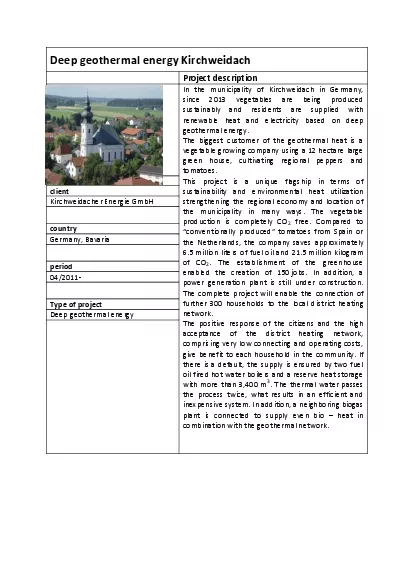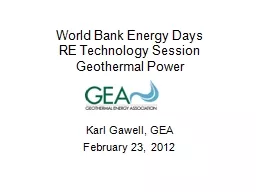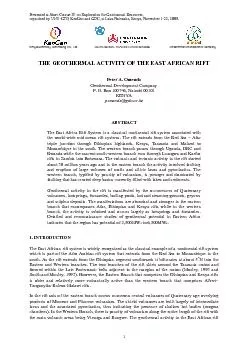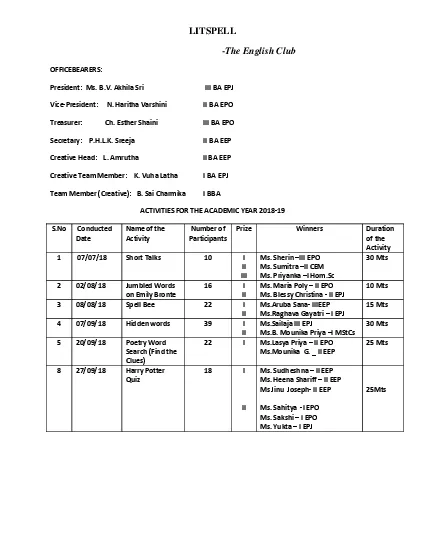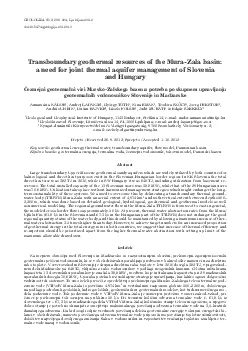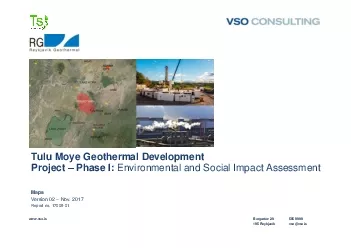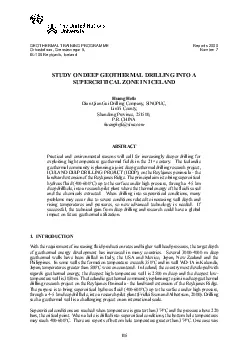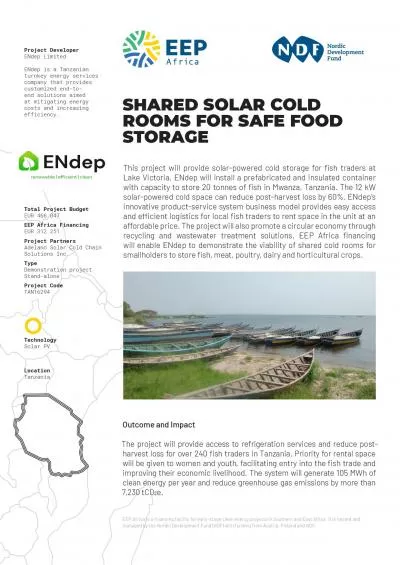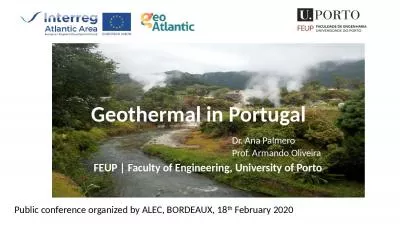PDF-eep geothermal energy Kirchweidach
Author : bitsy | Published Date : 2021-08-11
DProject descriptionIn the municipality of Kirchweidach in Germany since 2013 vegetables are being produced sustainably and residents are supplied with renewable
Presentation Embed Code
Download Presentation
Download Presentation The PPT/PDF document "eep geothermal energy Kirchweidach" is the property of its rightful owner. Permission is granted to download and print the materials on this website for personal, non-commercial use only, and to display it on your personal computer provided you do not modify the materials and that you retain all copyright notices contained in the materials. By downloading content from our website, you accept the terms of this agreement.
eep geothermal energy Kirchweidach: Transcript
Download Rules Of Document
"eep geothermal energy Kirchweidach"The content belongs to its owner. You may download and print it for personal use, without modification, and keep all copyright notices. By downloading, you agree to these terms.
Related Documents

